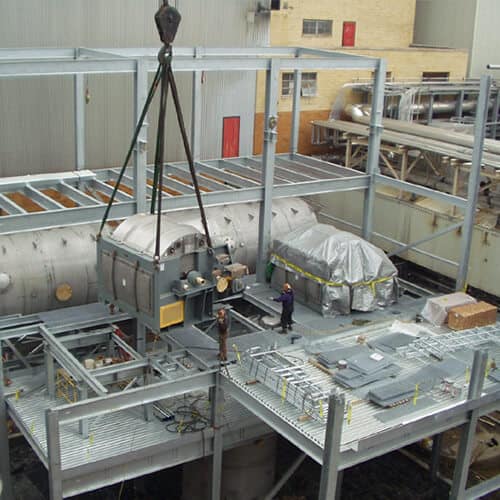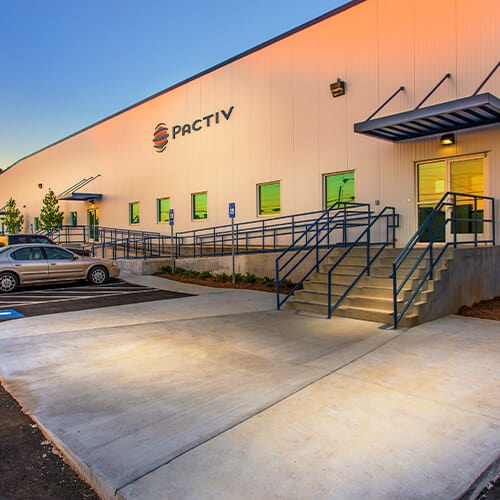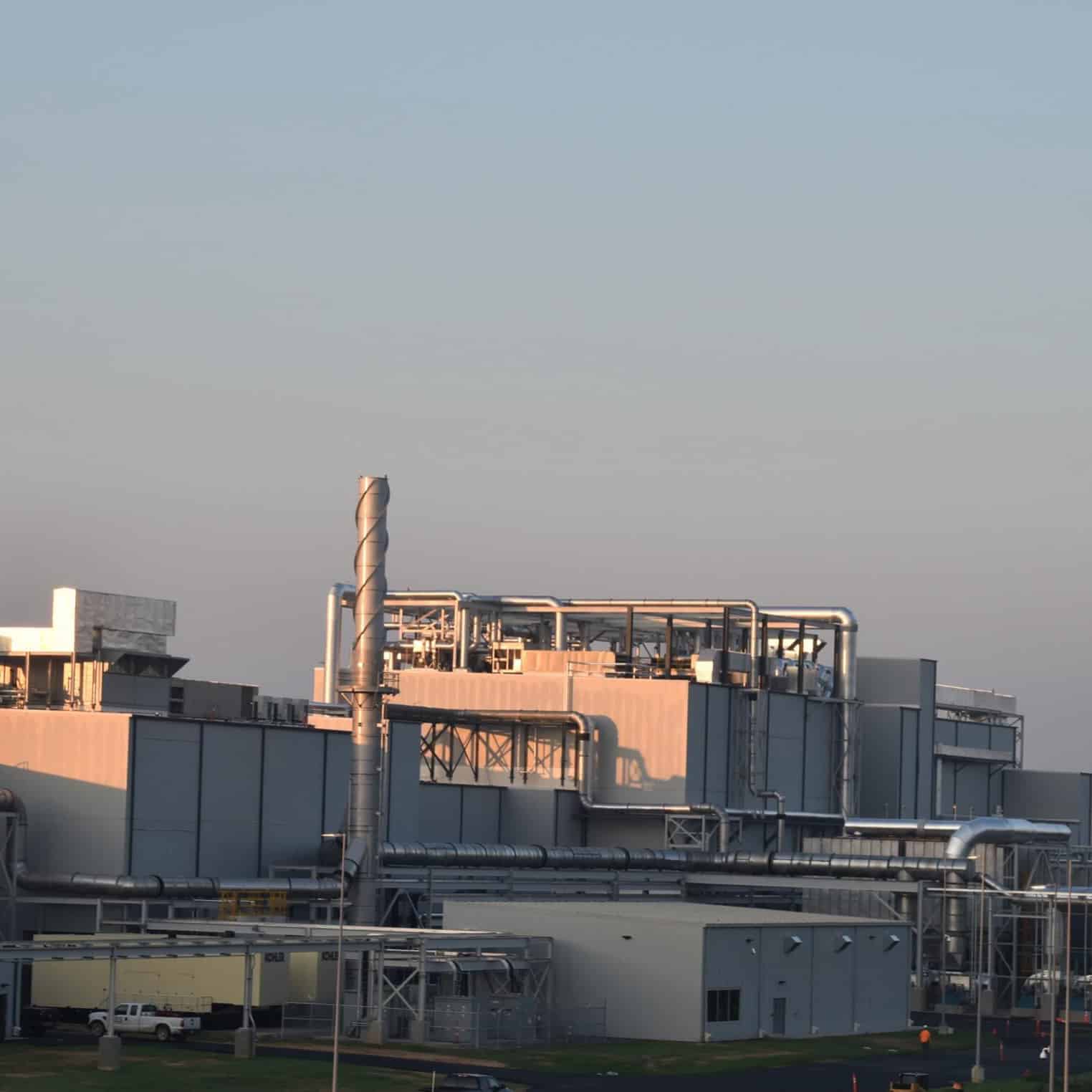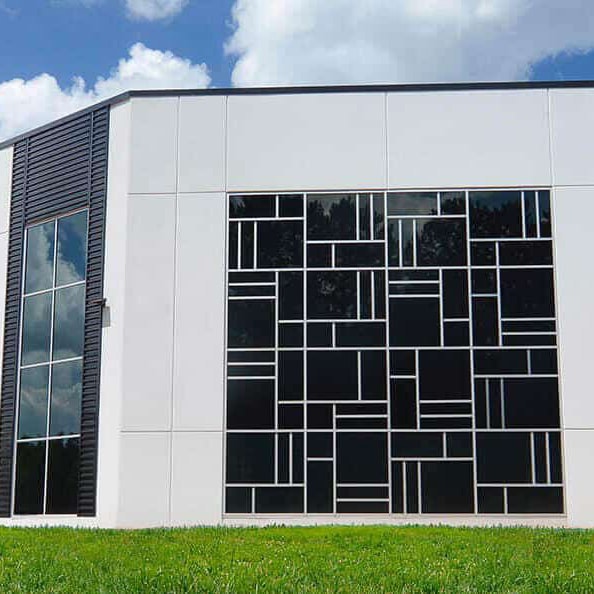O’Neal offers an extensive portfolio of grassroots, expansion, relocation and modification industrial manufacturing projects. O’Neal works to meet client’s schedules and business goals for a wide range of manufacturing and production applications. Our experienced team of experts offer full-service site evaluation, master planning, architectural design, engineering, procurement and construction capabilities for manufacturing, process facilities and utilities. O’Neal provides a total integrated approach focused on delivering complex capital projects on time and on budget.

Focus Areas:
- Advanced materials
- Aerospace
- Automotive
- Building products
- Packaging
- Pulp + Paper
- Non-wovens/Personal hygiene
special capabilities:
- Complete in-house planning, design + construction services for a wide range of complex manufacturing projects
- Full range of services from site selection to facility commissioning
- Strong technical capabilities to integrate building, site, equipment and utility requirements including early scope definition with cost + schedule guarantees
- In-depth experience with major greenfield + brownfield projects as well as expansions, additions + renovations to existing facilities
Services:
- Planning
- Site selection support
- Facility programming
- Conceptual design
- Preliminary engineering
- Cost estimating
- Detailed design
- Procurement
- Construction
- Commissioning + start-up support






